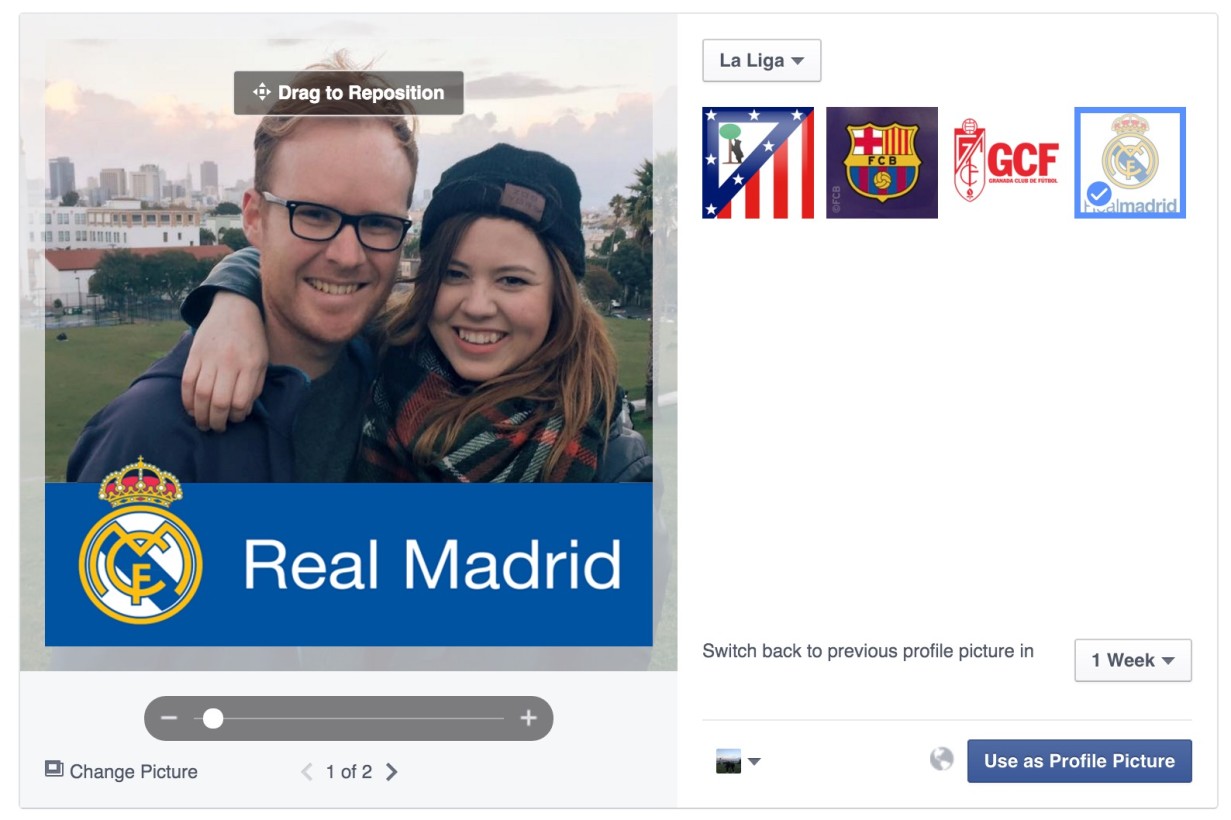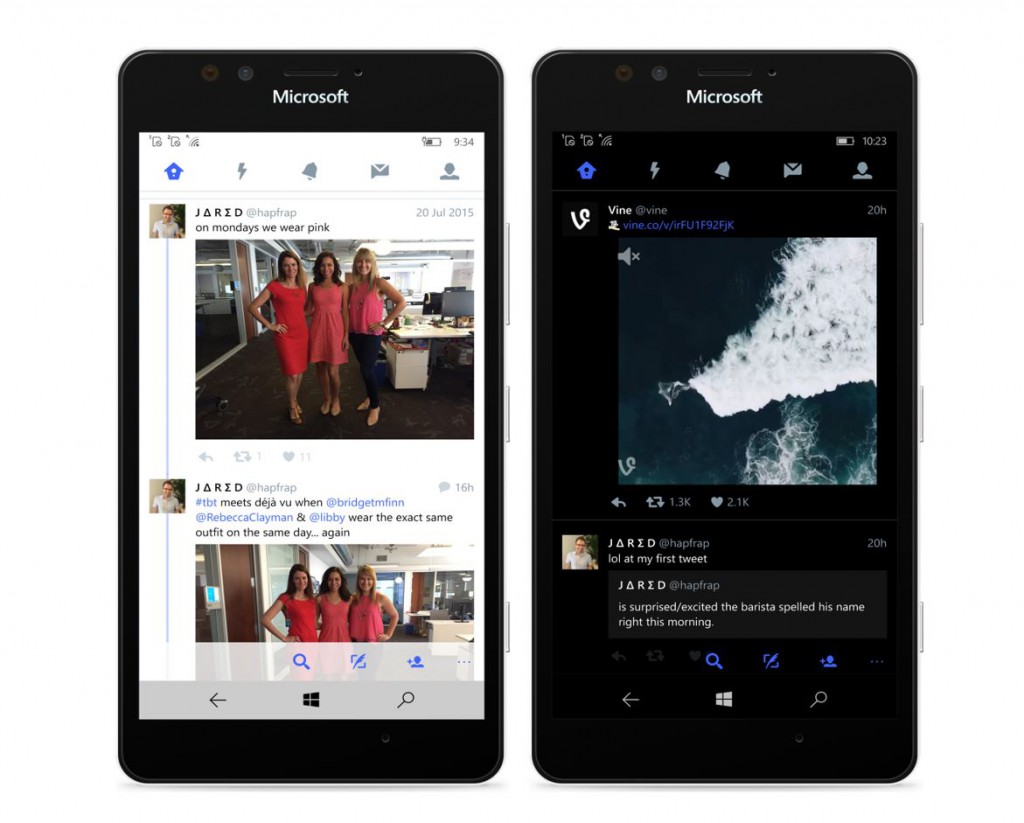The week in social: Twitter and Instagram timelines, Facebook basketball, and Fotomoji
Instagram now uses an algorithm to determine content in-feed
Instagram announced that earlier this week, users will start seeing content in their feed based on what its new algorithm thinks they want to see most. A statistic cited on their announced blog noted that on average, users do not see 70% of the Instagram content from accounts they follow. The key factors that will affect the algorithm will be the users relationship with the poster, how timely the piece of content is, and Instagram’s determination of how likely a user is to be interested in that content. The company hasn’t specified the exact time when it will be rolled out to all users, but noted that the new experience will arrive in the “coming months”.
More information on Instagram Blog.
Twitter creates an easier log-in process for 3rd party apps
Twitter is working to make the log-in process across other apps easier, starting this week with an announcement on TweetDeck. Now, when users are logged into a core Twitter service, they can open up TweetDeck on the same platform and not have to log in separately. Twitter references the help section of their website for additional information and notes that the feature will be rolled out more widely in the coming week.
More information on Twitter blog.
Facebook adds additional filters for Profile Frames
A popular feature that Facebook introduced last year, Profile Frames, now has hundreds of additional options to choose from. Facebook has an interface where users can browse the different options, apply one to a profile photo, and set the amount of time the frame will be active for. Facebook is also partnering with a limited number of Pages who offer their own bespoke frames, and a “self-service” option for all Pages to create frames will be available in the coming months.

Read more on The Next Web.
Fotomoji turns photos in emoji collages
A new mobile photo-sharing app from Second Verse allows users to take photos and turn them into collages of the most popular texting characters: emojis. Users can either take an existing photo from their device, or take a photo with the app itself. The app then processes the photos and recreates them using different types of emojis. The resulting photo is a collage of emojis made to represent the original picture. All creations can be saved across a variety of social networks.

Read more on Social Times.
Twitter for Windows 10 now works on mobile
Through a Microsoft blog post earlier this week, Twitter announced that the app they made specifically for Windows desktop and tablets now is supported on all Windows 10 mobile devices. The new app means users can view the Moments and the new group direct messages feature. Another long-standing feature that Windows 10 mobile users will now have access to is the quote tweet feature, which allows for editing a retweet and adding commentary. Cortana, the Windows 10 smart assistant can now also be used to compose and send a tweet. Lastly, one of the most popular features, the dark theme will be brought to the platform as well.

Read more on Windows blog.
Time Magazine releases listing of 30 most influential people online
For the second year in a row, Time Magazine has released a list of the top 30 most influential people online. Some of the names on the list are unsurprising as they are A-list celebrities and top social media influencers such as Kanye West and PewDiePie, respectively, but others are shockers, such as DJ Khalid (who is on the last in part due to his massive Snapchat following), and late night show host James Corden. Other people have come in prominence due to recent current events, such as Donald Trump. The list is un-ranked, and does not list the nominees in any particular order.
More information on Time.com.
Twitter rolls out algorithmic timeline for all users
The algorithm that Twitter debuted for some users that showed them what they were missing after time away from the service has morphed into a full algorithmic timeline and is now enabled for all users across the service. Users have cited that they started seeing the feature by default across the board as early as March 15th. The feature is enabled by default, but through settings it is possible to turn it off so that content continues to be seen chronologically according to accounts that a user follows.
More information on The Next Web.
Pope Francis launches official Instagram channel
On Saturday, Pope Francis launched his Instagram channel in the presence of founder Kevin Systrom. The channel now holds the record for the fastest to get to 1 million followers, previously held by David Beckham. The first photo posted was one of the Pope kneeling and asking for prayers. Systrom also posted a photo on his own account as well. The creation of the channel falls on the third anniversary weekend of Pope Francis’ inauguration.
More information on CNN Money.
Facebook Messenger basketball game uncovered during March Madness season
An un-announced feature that has recently become part of Facebook Messenger, users can now play a simple basketball game directly within the app when they send a contact a basketball emoji. Within the game, the ball moves position after every shot taken, and the goal of the game is to get a high score within the time limit. The basket also moves from side to side after 10 shots have been made.

Read more on Engadget.
Twitter character limit confirmed to stay at 140 characters
On a recent appearance of the Today Show, Twitter CEO disputed the rumors of Twitter’s tweet character count increase, noting that the 140 character limit is there to stay, saying specifically, “It’s staying. It’s a good constraint for us. It allows for of-the-moment brevity”. Users and news outlets alike assumed that the character count limit was going to increase to 10,000, the current limit of direct messages. One way to have executed that would be to show 140 characters visibly, but have users click to expand the tweet, the method most expected to have happened if the change moved forward.
More information on Social Times.